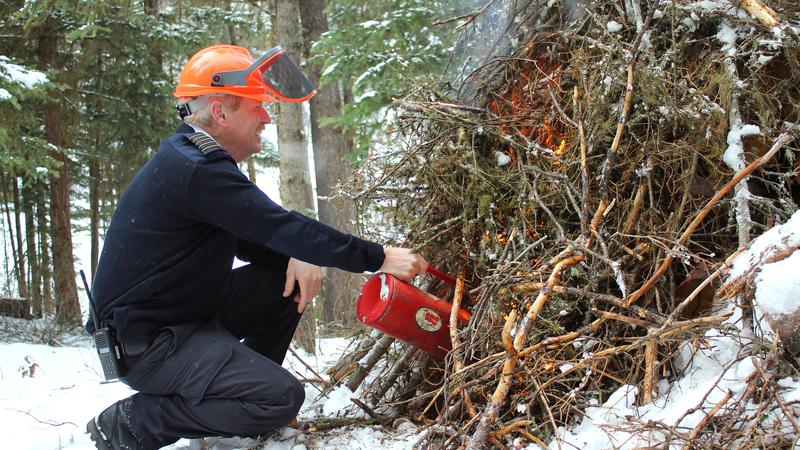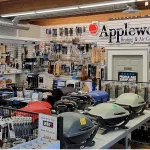
Thinning and pile burning near Kokanee Road part of City’s FireSmart efforts
A new project to manage fuels in the area of Kokanee Road and Sunset Properties will add to the City of Vernon’s FireSmart program plans.
Starting Monday, Nov. 29, fuel management work will begin on the city-owned wildland urban land south of Kokanee Road in the Okanagna Landing area. The work will involve the mechanical thinning of trees and vegetation and small pile burning to clean up the organic materials.
“Wildland fuel management is a critical practice to help protect people, homes, infrastructure and the environment,” said Fire Chief David Lind.
“After many years of human influence and fire suppression activity, the growth and establishment of wildland fuels across North America – not just the North Okanagan – has drastically changed. Across the country, many forests have become overgrown and are in an unhealthy state.”



